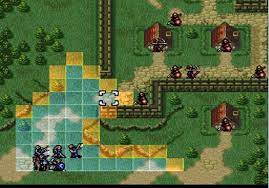I tried running a project inspired by AlphaZero's Gomoku AI, which can be found at https://github.com/junxiaosong/AlphaZero_Gomoku.
I am wondering if it is possible to use the idea of this project to build computer AI for some turn-based strategy games. These strategy games have a 2D grid map, and all characters will occupy one grid. Their turns alternate, and they can use different actions each turn.

The input design of Gomoku or AlphaGo is very interesting. It is divided into several different slices of input neural networks, including the positions of white and black pieces, who goes first, and the positions of the recent moves refer to the past. If it is a two-player strategic game, input the positions of both sides separately, and then input the first and second moves separately. That's roughly it. One additional question is how to represent different NPCs, as chess games typically have identical pieces. One possible solution is to use combat power to represent them, by predicting combat power through numerical values. This way, it can simplify the representation.
However, this definitely involves fitting, because compressing high dimensions into one dimension in order to optimize can only adjust the combat power based on the perspectives of different non-player characters.










